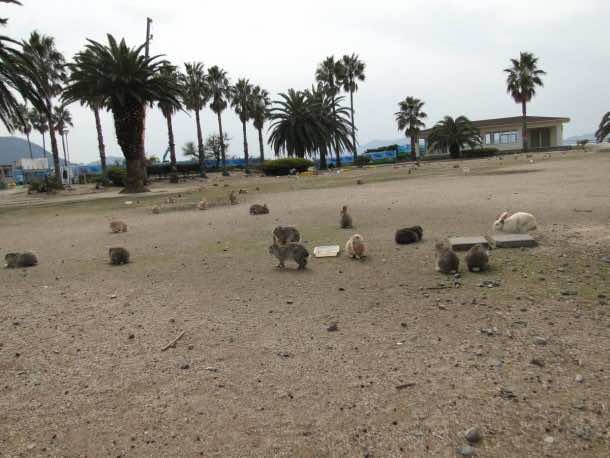We all know the kind of atrocities and human rights abuses Japanese did in World War II. Volumes and volumes of books have been written on accounts of these violent actions throughout their conquests of the South East Asia and the Far East. But, very few people know that Japan, just like Nazi Germany and the USA itself, commissioned bioweapons and chemical weapon research centers to maintain their military dominance and threaten the areas under their control into complete submission. Typically, these centers were present on isolated islands where the scientists could have the freedom to perform the experiments of their liking. However, instead of using humans like the Nazis, the Japanese were content with experimenting on rabbits and finding out what kind of damage they can sustain.
Okunoshima was the main island where such research was being done by the Imperial Japanese scientists. It even housed a production facility to mass-produce the chemical weapons once they had perfected one. After the war, the place was boarded up, but the furry mammals were released out in the open. Rabbits did what they do best; reproduce and now the island is bustling with rabbits and so much that it has been named The Rabbit Island or Us agi Jima by the Japanese people and has become somewhat of a tourist spot where people go to enjoy the cute little things.
Stephanie Broekarts, an environmental sciences major from the Kyoto University, got to know about the little inhabitants of the island through a local friend and went there to capture some astonishing photography of the island.
Here is the Google map location of the facility. It was 2 Km away from the mainland and safe enough to conduct vile experiments. You can see the proximity of Hiroshima from here as well.
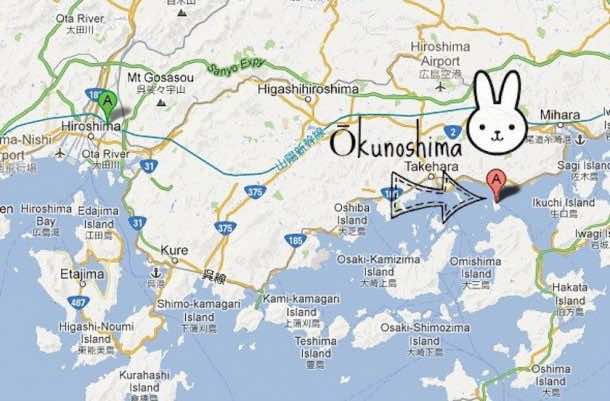
A photographer recently went to the island. After two train changeovers from Hiro station and Tadanoumi Station, the photographer got to the shore from where she got a ferry and reached the island in about ten minutes.
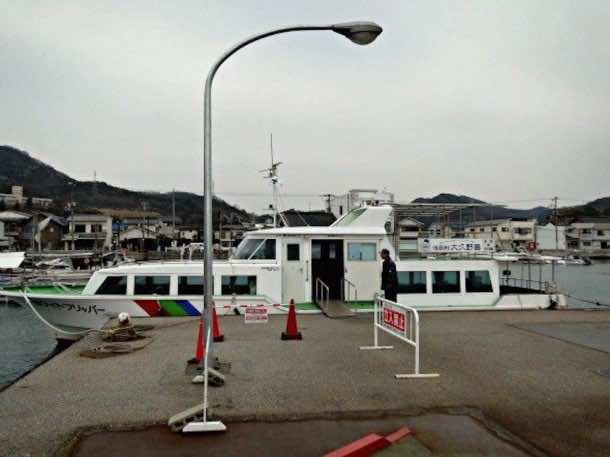
The coastline of the small island is a little over 1.5 miles long. Rabbit-shaped ears are present along it.
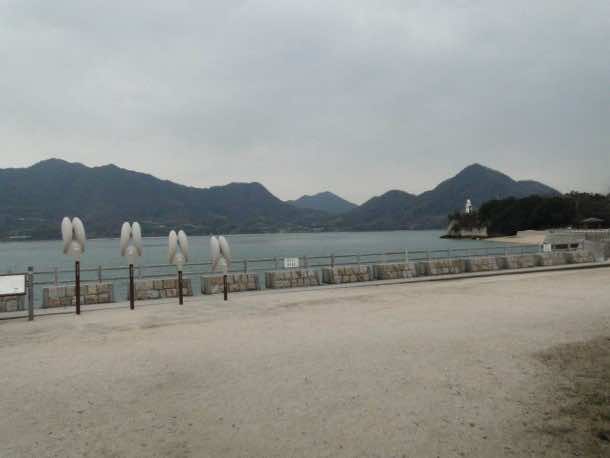
A solitary hotel welcomes the tourists to the bunny island. As you can see, they are everywhere.
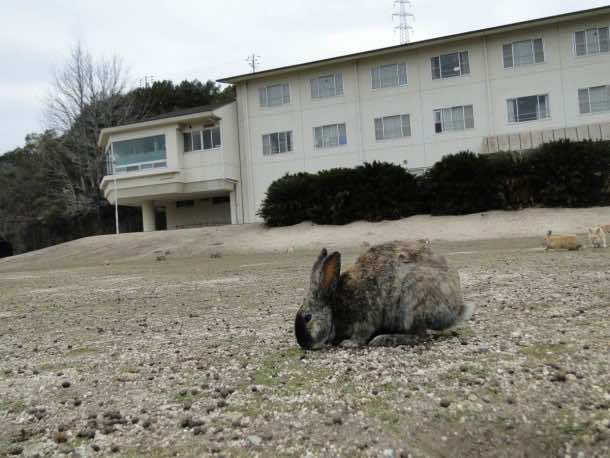
The hotel is a modern building, but when it was under construction, the poison gas facilities were used as temporary housing quarters.
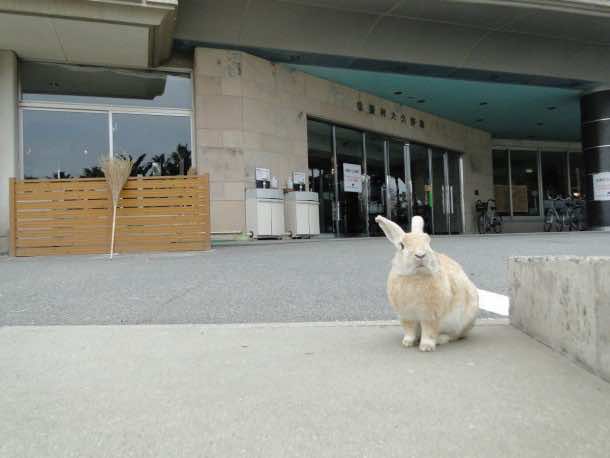
The hotel is well-equipped to deal with the influx of tourists. There are a lot of pictures of rabbits that symbolize the place’s existence.
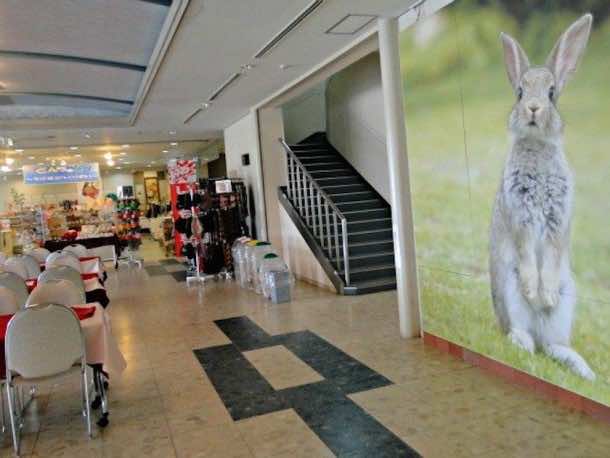
Visitors are advised to bring as much food for the rabbits as possible especially in the winter days when they virtually live on scraps. You can get to feed them to your heart’s fill. Dogs and cats aren’t allowed on the island as they are both rabbit hunters.
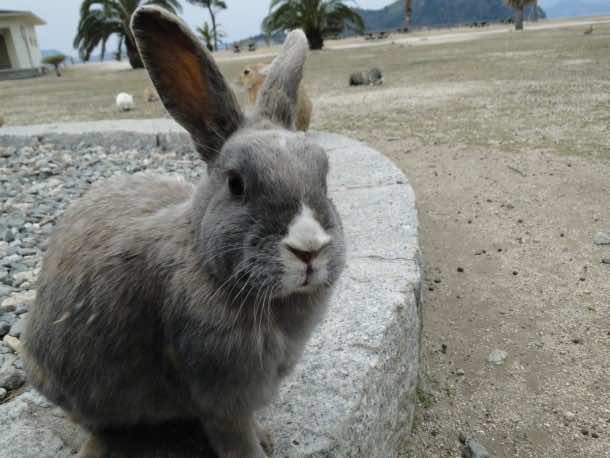
Wherever you go, the little furry things will surround you and create a cute scene.
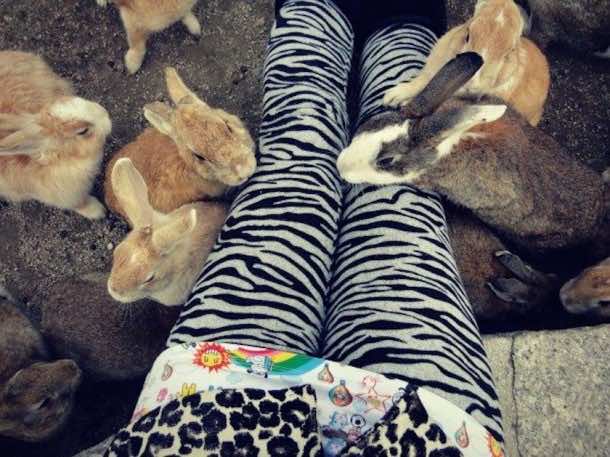
If you don’t have food, they will hop away just like that!
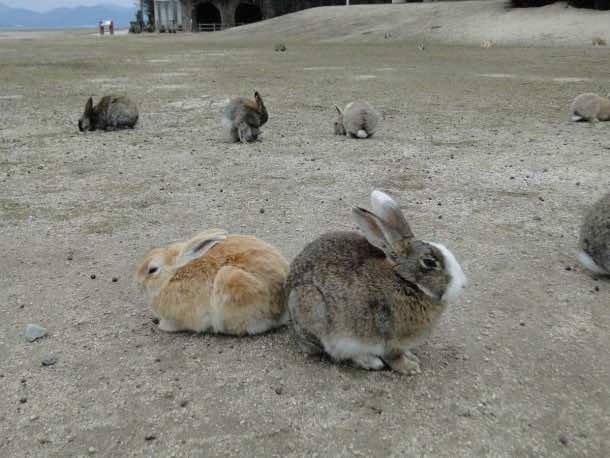
The eerie poison gas testing facility that was converted into a museum in 1988. At the entrance of the building, open advice is inscribed:”War is meaningless, and the production of poison gas is tragic. We make an appeal for everlasting peace”. Ah, Japanese, such peace-loving people. I can’t imagine how they did that. I guess wars bring out the worst part of you.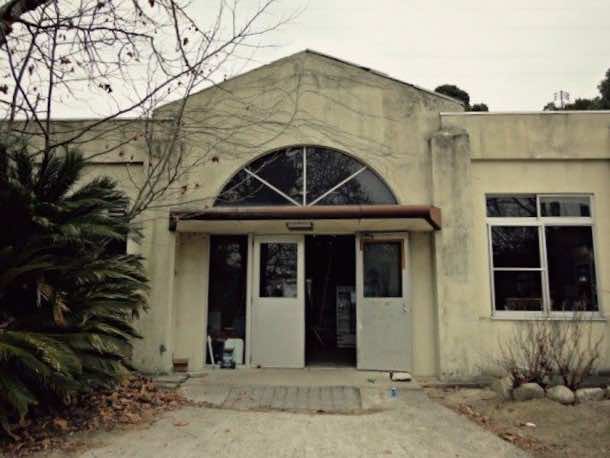
The weapons storage facility is in shambles. It was once used to house all kinds of chemical and chemical-bio weapons. Among them was sneezing gas that induced uncontrollable sneezing, vomiting and ultimately death. Such a painful way to die for the poor little rabbits.
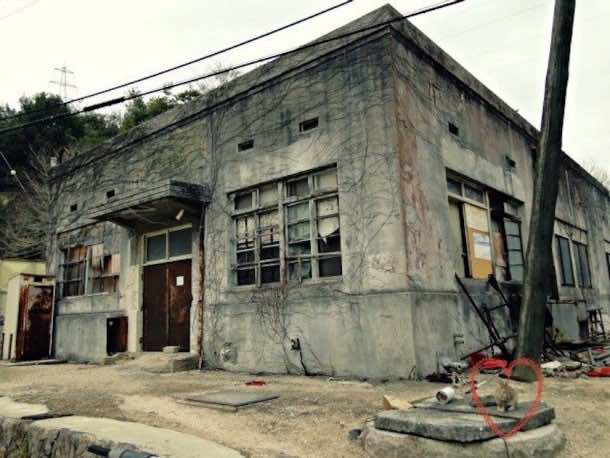
Broekart saw more than a hundred rabbits in the tiny island. There are supposedly more than 3000 right now. Lack of food and previous experimentation has supposedly slowed down their multiplication over the years.
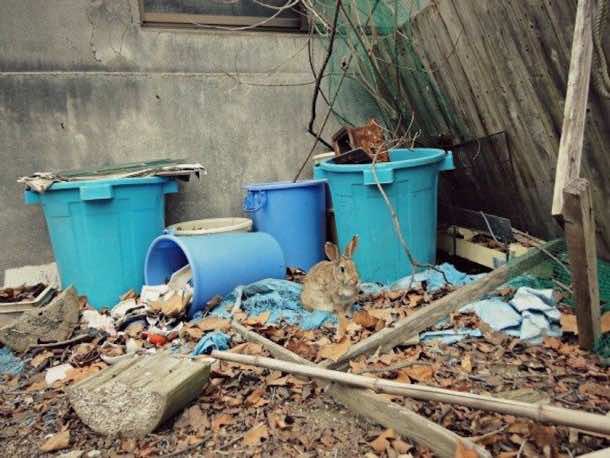
Then there are numerous locations that are sealed for the tourists. Poisoned gas is buried there, and we won’t want a leak, would we? The water of the island also remained polluted with Arsenic for a very long time. It has still unacceptable concentration levels in some areas.
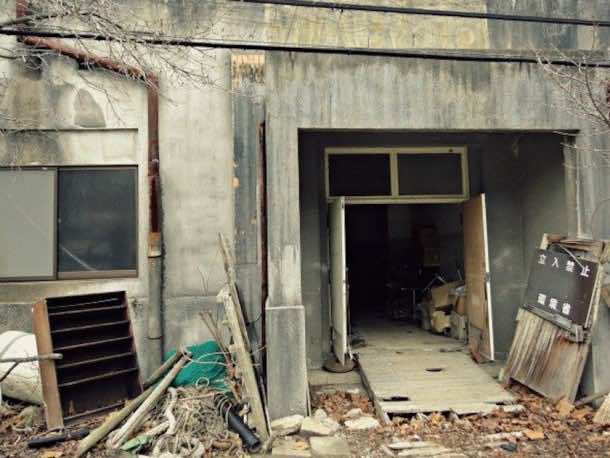
Here is the standard attire of the factory workers. Almost 6,500 Japanese used to work at this place.
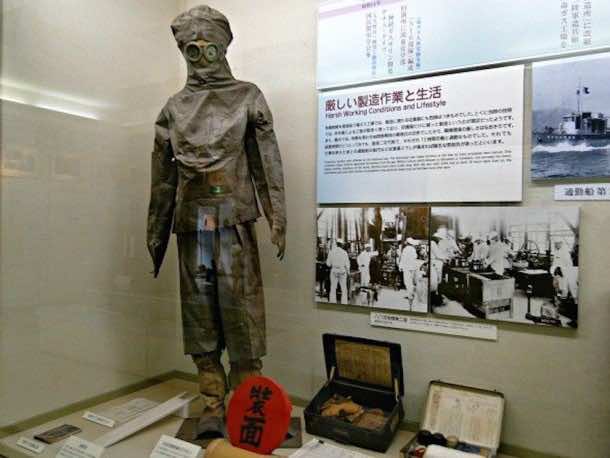
Tourists are also advised to stay on the main courses. There has been no official decontamination work on this location, so it might be dangerous in some areas.
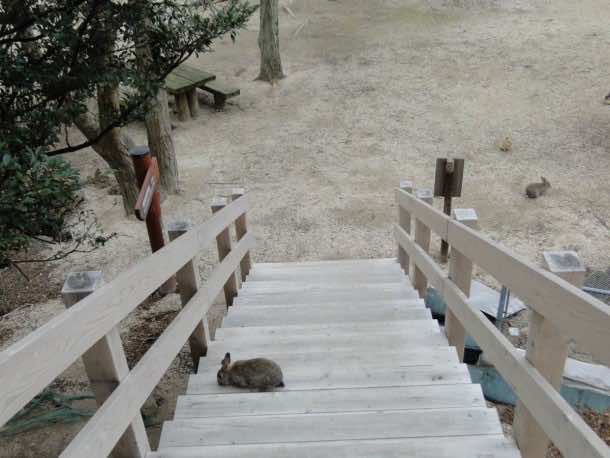
More than a hundred thousand people visit the reclusive island each year. There are several leisure activities available for tourists here including tennis courts, beaches, and campgrounds. But, I don’t think many people who come here will be interested in these distractions!
